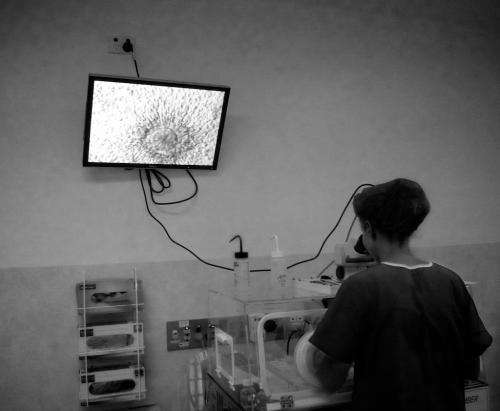Birth defects in ART babies reviewed

Researchers have reviewed current knowledge to further understand the reasons for the increased incidence of birth defects in babies born through assisted reproductive technologies (ART).
Children born through ART have a higher risk of preterm birth, low birth weight, birth defects and being small for gestational age.
The review by researchers from the Telethon Kids Institute, aimed to improve understanding of the effects of ART on both poor and excessive intrauterine growth and suggest future pathways for research in the field.
"We reviewed the literature for any systematic reviews of perinatal outcomes or birth defects in ART infants as well as examined more recent individual studies," says Dr Michele Hansen.
"Researchers are constantly playing a catch-up game in this field, where new techniques are introduced just as we are able to begin reporting on health outcomes of older techniques."
The review identifies that both ART procedures and underlying infertility contribute to increased risks of adverse outcomes.
"Underlying parental infertility plays an important role in adverse outcomes since studies examining couples that have taken a long time to conceive, but have conceived naturally, show increased risks of adverse child health outcomes compared with fertile couples who conceive naturally in under 12 months," says Dr Hansen.
"The treatment itself plays a role although which aspects are the most important remain to be elucidated—single embryo transfer and frozen embryo transfer both lead to lower risks of adverse health outcomes."
Unknowns outweigh definite: future research direction suggested
There are still insufficient data on the impact of; different culture media, more recent ART techniques like blastocyst transfer and vitrification, risks associated with different subgroups of ART exposure and different types of infertility.
The role of other parental conditions, such as obesity and diabetes, have not been adequately assessed either.
"Without data on these variables, it is difficult to identify the safest treatment options for optimising intrauterine growth and minimising birth defect risk but there are ways of getting close to this with creative analytical designs."
Dr Hansen encourages researchers in the field to report their findings according to important subgroups of ART treatment and where available, different types of parental underlying infertility, so data can be pooled in more meaningful meta-analyses that may indicate potentially modifiable risk factors.
Dr Hansen and colleagues are planning to examine birth defects and fetal growth in WA-born ART infants using more contemporary data to look at the effects of newer techniques like blastocyst culture and embryo vitrification.
More information: "Impact of assisted reproductive technologies on intrauterine growth and birth defects in singletons." Hansen M, Bower C. Semin Fetal Neonatal Med. 2014 Apr 16. pii: S1744-165X(14)00013-4. DOI: 10.1016/j.siny.2014.03.002. [Epub ahead of print]















